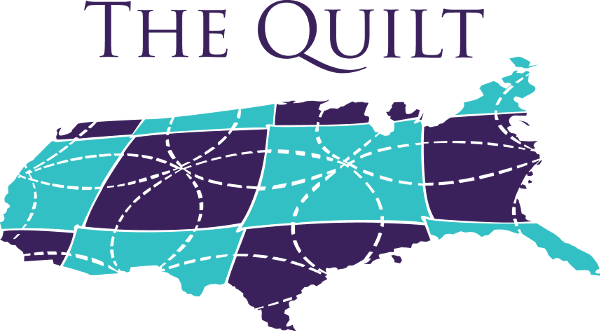The Federal Communications Commission (FCC) has released State Connectivity Profiles based on data they have been gathering from schools and libraries nationwide.
Distributed last Friday, it is a compilation of several state connectivity profiles describing the connectivity strategies, options and pricing for schools and libraries. The FCC said they hope to use this data to inform their ongoing analysis of the state of broadband connectivity to school and library sites, and identify successful trends in the approaches to promoting connectivity used in different areas.
According to FCC Managing Director Jon Wilkins in a blogpost on Sept. 19, outreach to state and school district staff and library leaders has been a critical element of the E-rate modernization process and that commission staff has been in frequent contact with staff from school districts, state agencies, libraries and research and education networks (RENs) from across the country. These outreach efforts, he wrote, provide important insights on the varying approaches that states are taking to the challenge of delivering high-speed broadband to all schools and libraries.
Much of the knowledge gained is compiled in the State Connectivity Profiles. Each State Connectivity Profile lays out an overview of K-12 school and library connectivity in these states, including an explanation of any state network or REN infrastructure and a breakdown overview of how schools and libraries purchase Internet access, wide area network (WAN) connections, and internal connections.
The document containing the 12 profiles (embedded below) also has sections on Internet speeds, library connectivity, funding and more. Quilt Members CENIC, Networkmaine, Merit, MOREnet, MCNC, OARnet and WiscNet are highlighted in the state profiles.
These profiles provide a thorough summary of connectivity data, purchasing strategies, and broadband deployment policies from a geographically diverse sample of states with differing populations and approaches to delivering high-speed broadband to all schools and libraries. All connectivity data and narrative descriptions are drawn from conversations with school district, state agency, or REN staff and have been reviewed and verified by the appropriate staff in each state.
“The State Connectivity Profiles are also an important element of our data-driven strategy for modernizing E-rate,” according to Wilkins, who thanked the many who worked to compile the data to date.
Many states collect detailed data on the bandwidth and rates purchased by schools and libraries, and many more are conducting statewide surveys this year. State and school district staff and library organizations also provided much of the underlying data for the E-rate modernization staff report and school and library fiber maps.
